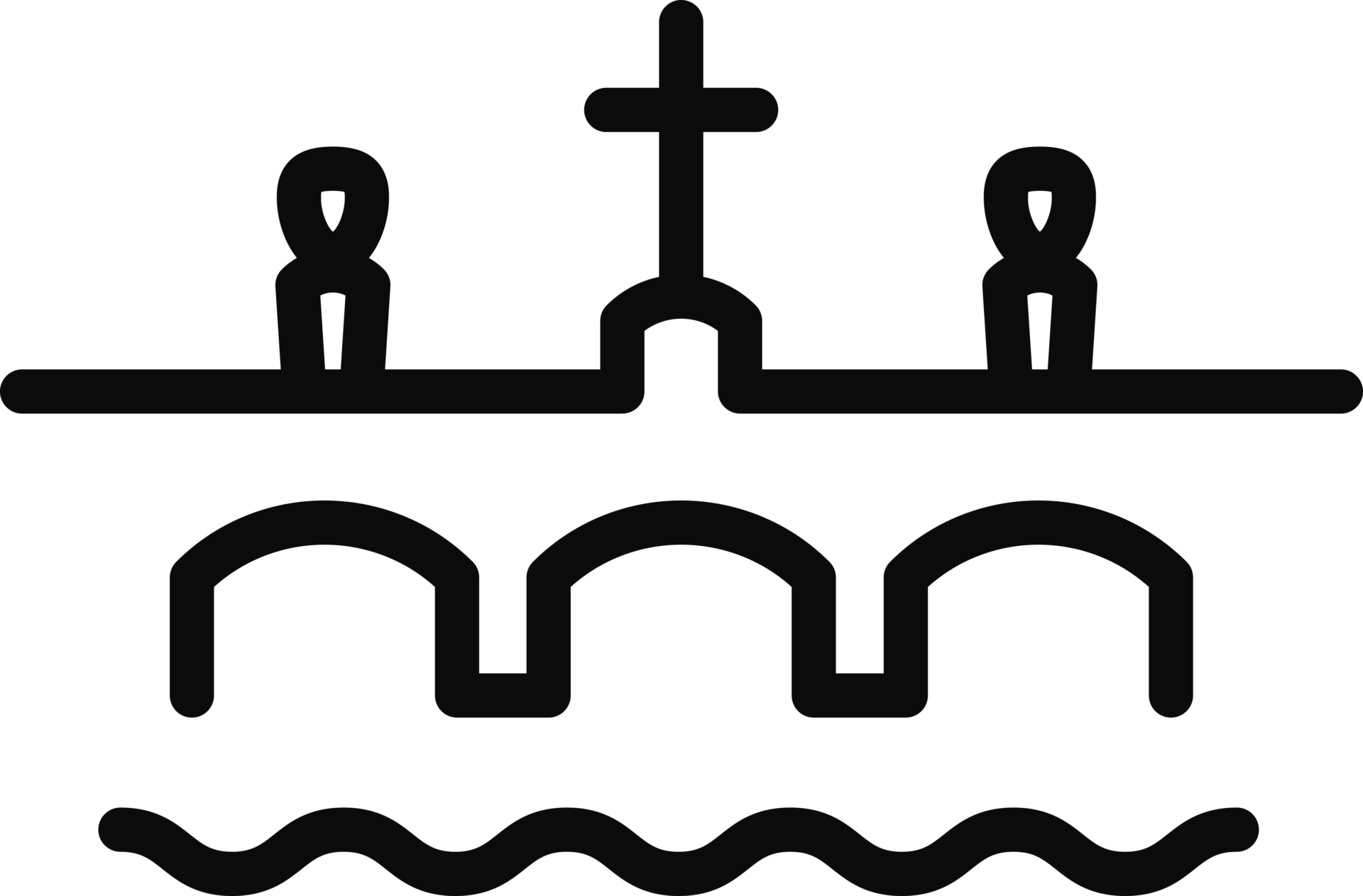Old Castle Stairs
The old castle stairs connect the eastern gate of Prague Castle, a place known as Na opyši, within the Klárov district of Prague. They are about 150 metres long and were built in 16th century. The present appearance of the Old Castle Stairs, which includes 121 stone steps, is the result of the reconstruction carried out between 1835 and 1837. The steps are walled on both sides.
St Wenceslas Vineyard
When we walk from Klárov the terraces of the southern gardens below the Prague Castle stretch behind the wall on our left hand side. The former vineyard of St Wenceslas is hidden behind the wall on our right hand side. It was here where he worked, pressing grapes and guarding the place at the beginning of the 10th century.
Entrance To The Castle
The main road leading from the East to the Castle led through here, across Opyš. This entrance to the castle was known as Malé vrátce or Malá fortna. In front of the castle entrance there used to be a deep ditch with draw-bridge dating back to 1278.
Picturesque Place
The name ‚Old Castle Stairs‘ has been officially used since 1829, and was probably derived from the Old Route which led to the castle as early as the 9th century. This route is considered to be one of the most picturesque places in Prague. It even inspired a Czech patriot and musician, Karel Hašler who was tortured to death by German occupiers after writing the popular song “Po Starých zámeckých schodech” which means “On the Old Castle Stairs”. Nowadays it is mainly used by tourists as one of the busiest access routes to Prague Castle.
Old Castle Stairs are only 5 minutes from our hostel, book one of our cosy private double rooms!





